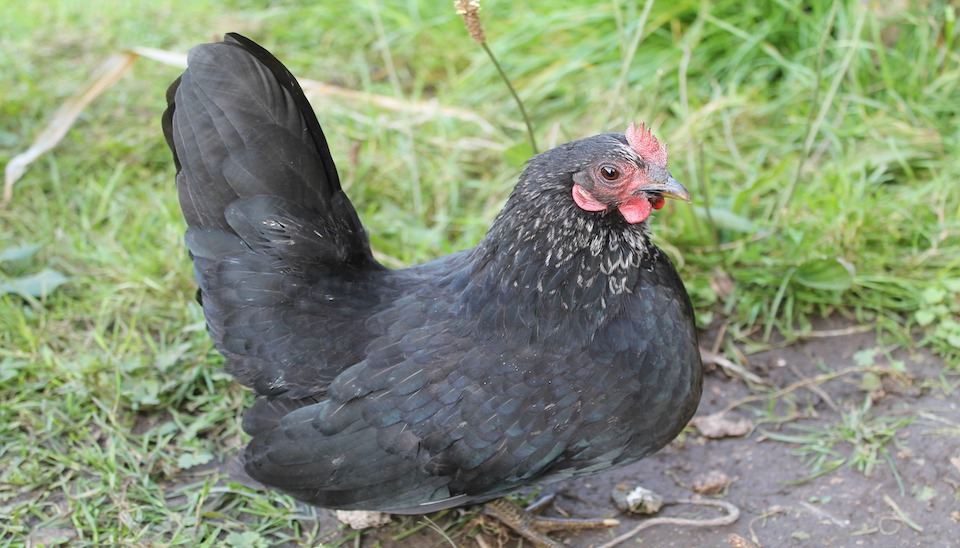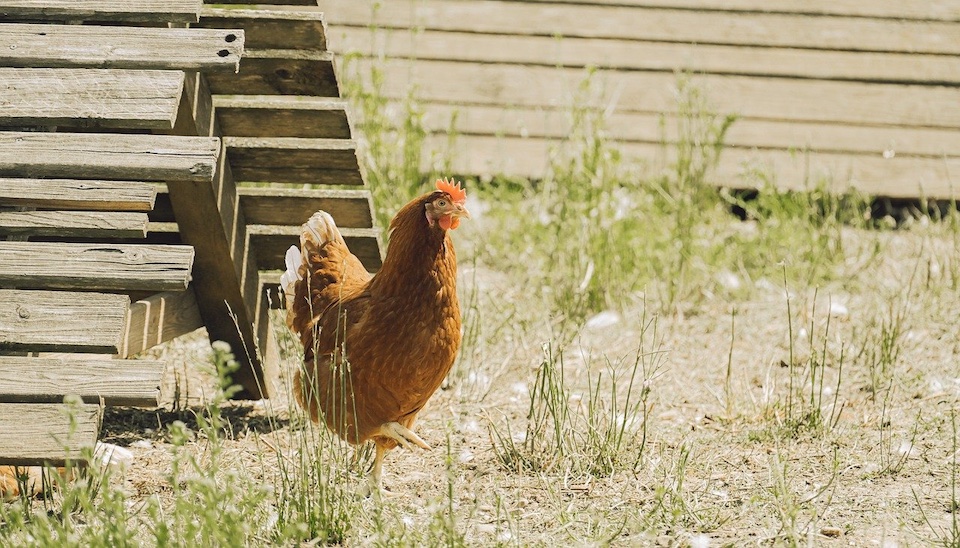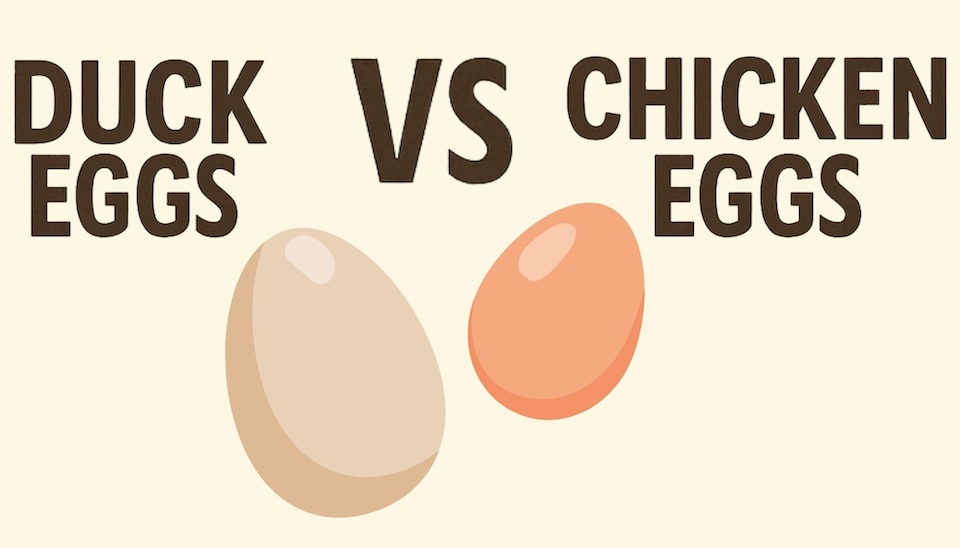Bantam chickens
Everything you need to know about bantam chickens
We love bantams. So what do you need to know about these cute little chooks?
What are bantam chickens?
Bantam chickens or bantams, as they are commonly known, are simply small breed chickens. They can be up to one half of the size of a standard chicken breed, and even smaller when compared to a larger breed such as a Sussex.

Types of bantam chicken
There are three broad types of bantam chickens, and then almost as many different bantam breeds as larger chicken breeds!
True bantams are breeds that only exist in bantam form, like Sebright chickens.
Miniturised bantams, on the other hand, are a smaller version of a larger chicken breed. Many common chicken breeds are available as a miniturised bantam, such as bantam leghorns and bantam Australorps.
The other type of bantam is a developed breed, which is often created by mixing chicken breeds. Pekin and Japanese bantams are technically developed breeds.
Bantam chicken breeds
There are many bantam breeds available, all with different characteristics. We love all of them, but considering the characteristics will help you decide if the breed is right for you.
Silkies
Silkies are probably the most common bantam breed in Australia. But did you know that they aren’t true bantams and that full sized silkies are also available?
Silkies are super friendly and make great pets, especially for kids. They are perfect for suburban backyards. Silkies are also excellent mothers and are often used to hatch eggs from less maternal chicken breeds.
However, don’t choose Silkies if eggs are your goal, as they only lay around 120 eggs per year. Silkies also require good shelter in wet weather as, unlike normal chickens, their fluffy feathers aren’t waterproof.
Pekin bantams or cochin bantams
These true bantams are great for small yards. They don’t need much space and don’t fly well, so are unlikely to roam. Some people also say Pekins do less damage to gardens than other breeds.
Pekins are similar to Silkies in that they need shelter from rain and lay only 120-140 eggs per year.
Sebrights
Sebrights are one of the prettiest chickens and a true bantam. They are good layers, producing over 140 eggs per year.

Unlike some bantam breeds, Sebrights fly well and are very active, so they are not recommended for small coops or yards.
Belgian bantams
Belgian bantams are another true bantam and there are several closely-related varieties. All are generally calm and friendly. They benefit from free-ranging.
For egg production, the Belgian Bearded de Watermael may be the best bantam around. Developed specifically for backyard egg production, its eggs are close to the same size as a standard chicken egg which, for a bantam, is huge!
Other bantam breeds
Other true bantam varieties include the Rosecomb, which is a show bird and known for being flighty, and the Japanese bantam, which is a good forager and easy to tame.

Miniturised bantams
In Australia, miniturised (bantam) varieties of most common chicken breeds are available, from popular breeds like Australorps, Leghorns, Sussex and Rhode Island Reds, through to rarer breeds like Welsummers and Araucanas.
Generally speaking, miniturised bantams have similar characteristics to their standard breed counterparts. A breed that is known for egg production, such as Australorps and Leghorns, will generally produce well even in a bantam variety although the eggs will be smaller.
Bantams vs standard chickens – which is best?
Why do people keep bantam chickens? If egg production is your goal, then a standard-sized chicken is often more productive. But there are many other reasons why people prefer bantams.
Why would you want a small chicken?
There are many benefits to keeping bantam chickens. But when comparing bantams versus standard chickens, there are a few aspects to consider including space, personality, egg laying, feed and breed
Space
For smaller yards, bantams are great because they usually require less space than standard-sized chickens. This means you can keep more chickens in less space and room to free-range isn’t such an issue. Bantams do particularly well in chicken tractors that larger birds might find too constrictive.
Personality
Many bantams are also a good choice for backyards because they make great pets. As well as being cute, many bantam breeds are docile and friendly. This makes them perfect for new chicken keepers and families with kids. Silkies are one of the friendliest breeds of bantam and this is why they are so popular in Australia!
Eggs and Feed
Although it comes down to breed, standard-sized chickens lay much larger eggs than most bantams. Most standard breeds, particularly those known as good layers, also produce far more eggs per year than most bantam breeds.
But on the other hand, smaller birds require less feed, so bantams eat less than standard chickens. They may also be easier on gardens!
Breed
Although we can generalise about bantam chickens versus standard chickens, ultimately everything comes down to breed.
Some bantam breeds eat more and are flighty, so require more space. While some standard breeds lay small eggs or fewer eggs per year than a productive bantam.
The best chicken breed for you, and whether you should get a bantam or standard chicken, will depend on your yard and your goals for chicken keeping. But if you are after a pet or a project for the kids, you can’t go past bantams!
Keeping bantams
Bantam chickens require similar care to standard chickens. We answer some of your FAQs about bantam chickens here.
Can you keep bantams with standard chickens?
You can absolutely keep bantams and standard chickens together. Many mixed flocks thrive.
But keeping a full-sized rooster in a flock with bantams can cause problems. If your rooster tries to mate with a bantam, he could cause injury. If you want a rooster and have a mixed flock, consider choosing a bantam rooster.
Always have a few smaller chickens in the flock, to avoid bullying, and provide them with a space where they can escape the larger birds. Also ensure your smallest birds can reach the feeder and drinker, and that they aren’t being kept away by more dominant birds.
Do bantams require special care?
For the most part, you can treat bantams just like standard chickens. But their small size does make bantams more vulnerable to predators, so protection is important.
Fluffy bantam varieties also need extra protection from rain because their feathers aren’t waterproof. Some bantam breeds may also need extra warmth in winter, in colder climates.
Can you breed bantam chickens?
You can breed bantam chickens in the same way that you breed standard chickens. It is best to mate them with a bantam rooster as a full-sized rooster might injure a bantam chicken.
Many bantam breeds, like Silkies, have a tendency to go broody and are known for their determination in staying on the nest. They are also great mothers and will protect their babies even from much bigger hens.

Happy chicken keeping!
Rachael at Dine a Chook Australia






